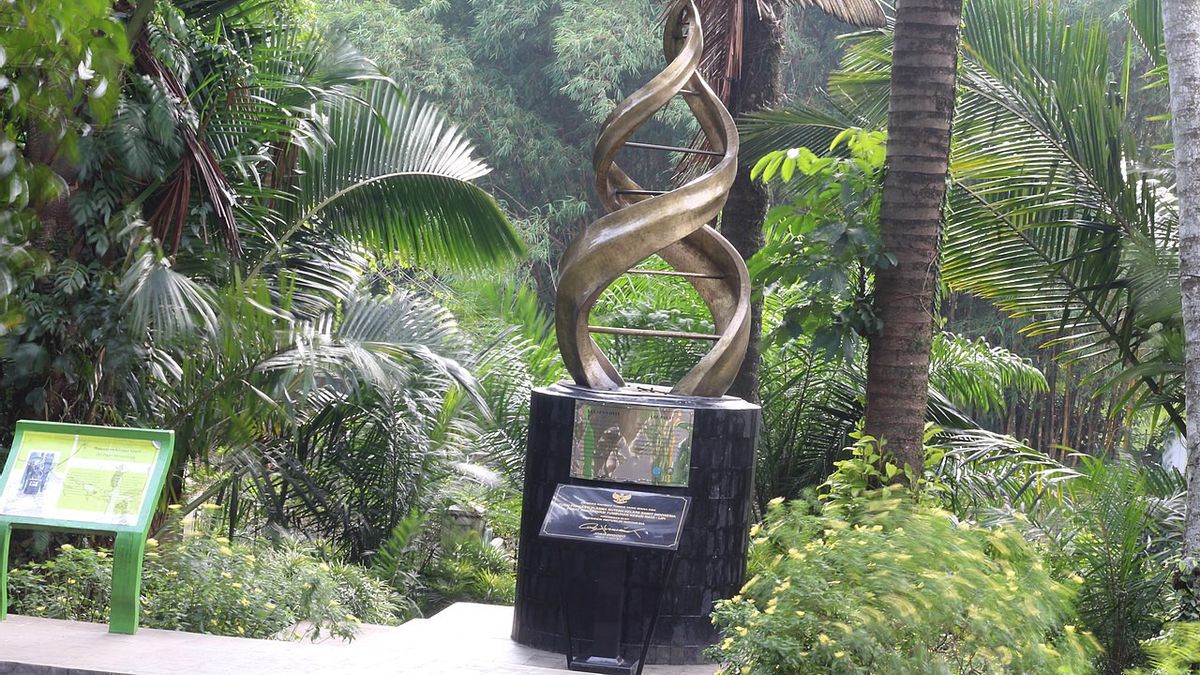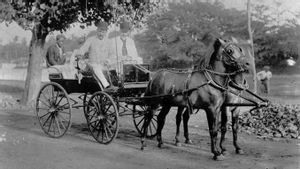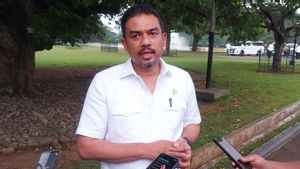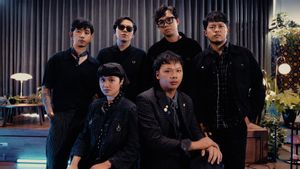JAKARTA - For the Dutch, the land of the Indies is a living laboratory. All kinds of imported commodities are tested for planting. The effort was full of struggle, although in the end it brought success. In building the success of oil palm plantations, for example. That step is not easy. The familiarity of the Bumiputra with processed coconut as oil is the estuary. Therefore, the history of oil palm was originally nothing more than decorating parks or streets. However, the Dutch did not give up. Palm oil has also become a mainstay commodity for the Dutch East Indies.
Oil palm (Elaeis guineensis) is not native to Indonesia. This plant actually comes from the land of Africa. The fact of the use of oil palm in Africa is obtained from the testimony of Portuguese sailors who sailed to Africa in 1466.
The odyssey was indeed aimed at finding spices which became expensive commodities throughout the world. Portuguese sailors also stopped in Ivory Coast. There they witnessed for themselves that the locals were familiar with the processing of palm oil. From its designation for cooking to beauty ingredients.
He also researched the seeds of oil palm. After that, the seeds were taken to various parts of the world. Oil palm also officially entered mainland Europe in 1844. Europe then became the gateway for oil palm to spread throughout the country. The Dutch East Indies, especially.

The entry of oil palm into a new commodity was welcomed with joy by the Dutch colonial government in 1848. They had smelled the benefits of massively planted oil palm. As a start, four oil palm trees were imported to be tested in the Bogor Botanical Gardens for research. The results are not satisfactory. The locals do not see oil palm as a mere ornamental plant. This is because the local population still relies a lot on coconut oil. Not palm.
“Palm oil is an integral part of the Central African economy. In the second part of the nineteenth century, with the increasing demand for raw materials for the production of butter and soap in Europe and later in America, the palm oil export industry in that part of the world also developed.”
“Palm oil quickly caught the attention of the Dutch East Indies. In 1848 in the Bogor Botanical Gardens planted the first trees of Elaeis Guinaeensis. Continuous efforts were made to spread oil palm throughout the archipelago, but at that time the tree was nothing more than a garden or road decoration,” said JTM van Laanen et al in the book History of Indonesian Economic Statistics (1987).
Be Prima DonnaThe popularity of oil palm as an ornamental plant has also emerged. The seeds were spread to various locations. Moreover, the oil palm in Bogor thrives and bears fruit. After that, a few years later, palm oil was tested to become a trading commodity.
The residencies of Banyumas and Palembang were the first to try. Oil palm plantations are carried out on a massive scale. However, oil palm plants do not grow well. The colonial government did not give up. They again promote trials in other areas.
“Furthermore, trials were conducted in Muara Enim in 1869, Musi Ulu in 1870, and Belitung in 1890. But the growth was not so good. It was only later realized that the climate of the Palembang area was not suitable for oil palm growth.”
“Then it was developed in North Sumatra, the results were good. The superiority of North Sumatran oil palm has been known since before World War II with the Dura Deli variety, namely oil palm plants grown in Tanah Deli (Medan and its surroundings),” Derom Bangun wrote about the history of oil palm in Indonesia in his book Derom Bangun: Memoar 'Duta. Indonesian Palm Oil (2010).

Palm oil began to become a mainstay commodity in 1911. At that time, palm oil companies began to open many plantations on the east coast of Sumatra. The effort was temporarily profitable, until finally the outbreak of World War I and The Great Depression of 1923-1939 greeted.
Gradually, the production of oil palm plantations in the Dutch East Indies also increased. Both businessmen and the colonial government profited greatly. In fact, its exports are able to beat the dominance of European countries which are the birthplace of palm oil.
“Oil palm (Elaeis guineënsis) processing in the Dutch East Indies began to be eyed in 1911, but has grown rapidly during its brief existence. In contrast to coconut, all palm oil processing is handled by European companies. The main production areas were on the East Coast of Sumatra and Aceh in 1928, producing about 97 percent of the total production of the Dutch East Indies which could be converted into 27,030 tons of oil.”

“The government also has plantations in this area, but most of them are still in the preparation process. Palm oil is extracted from the pulp in factories located on plantations; the seeds after being separated from the flesh, peeled and exported with the oil. The processing of palm oil commodities is still undergoing continuous development,” said J. Stroomberg regarding the history of oil palm in Indonesia in the book Dutch East Indies 1930 (2018).
The English, Chinese, Japanese, Arabic, and French versions are automatically generated by the AI. So there may still be inaccuracies in translating, please always see Indonesian as our main language. (system supported by DigitalSiber.id)









